Client
PostNL
Role
Principal Designer
Industry
Parcel Delivery · Planning
Timeline
2020 - 2021 · 1 yr 2 mos
PostNL is the leading mail and parcel delivery company in the Benelux. With 33.300 employees they deliver around 8 million postal items to 8 million different households per day. We worked on the early stage development of a new internal employment planning app for all business units. Due to the complexity of both the business and the project, a vast amount of ideas, implications, and functionalities were dealt with.
Parts of this project are under Non-Disclosure Agreements, but if you want to learn more about the project, don't be afraid to reach out.
Conduct secondary research
(including trend benchmarking and competitor analysis)
Create the core scaffolding and guidelines
(architecture, user flows, navigation models, ux principles, etc.)
Articulate visual language and systems
(screens, diagrams, mood boards, visual components, presentation slides)
Visualize complex conceptual ideas
(customer journeys and service blueprint maps)
Establishing design libraries
(customer journeys and service blueprint maps)
Analysed the current situation
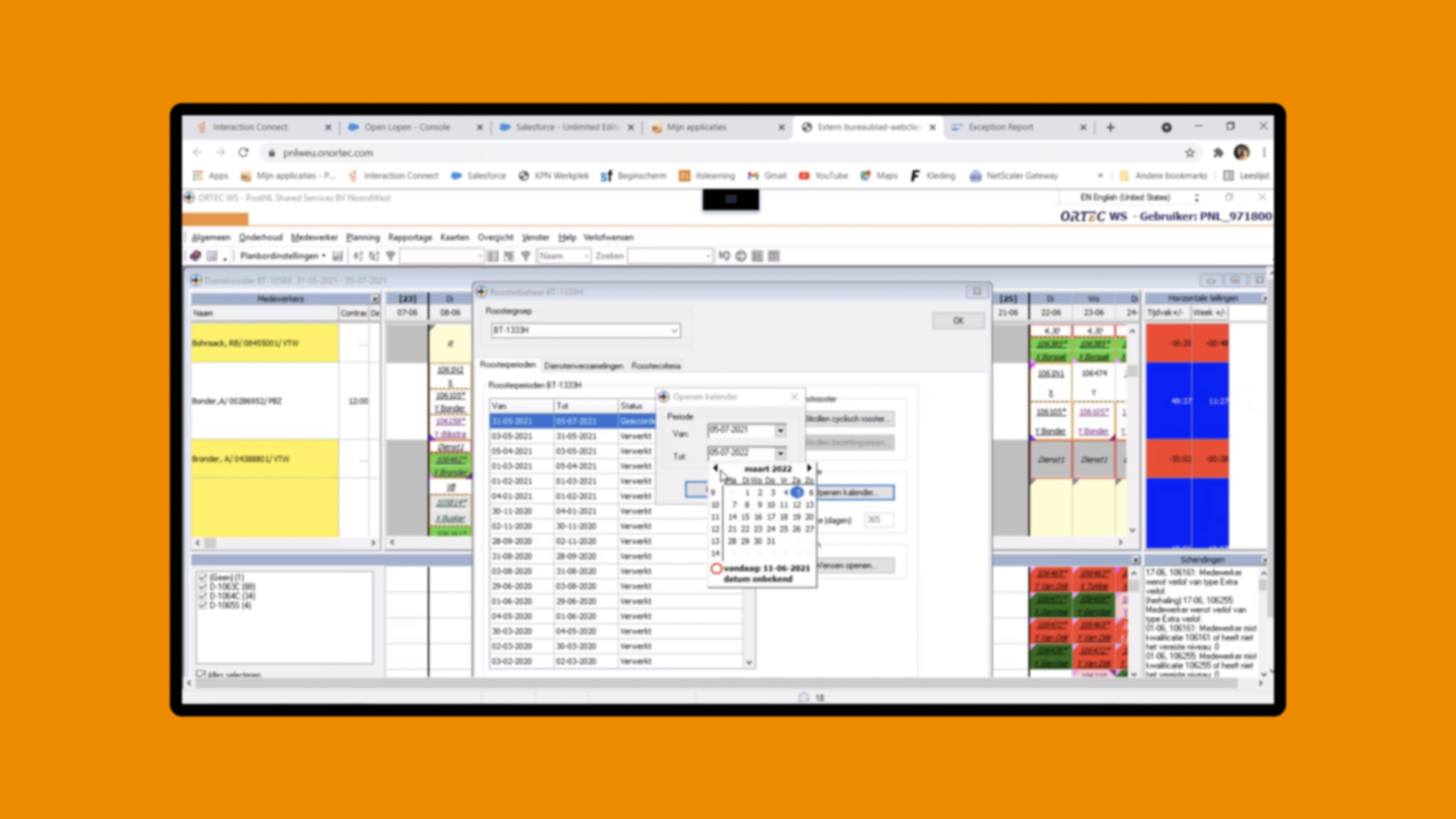
The exitsing planning software was no longer suited to meet today’s demands. To provide their employees with a better service and reinforce their productivity, PostNL decided to collaborate with USoft and Clutch to initaite development of a custom-built software solution.
Identified different user needs
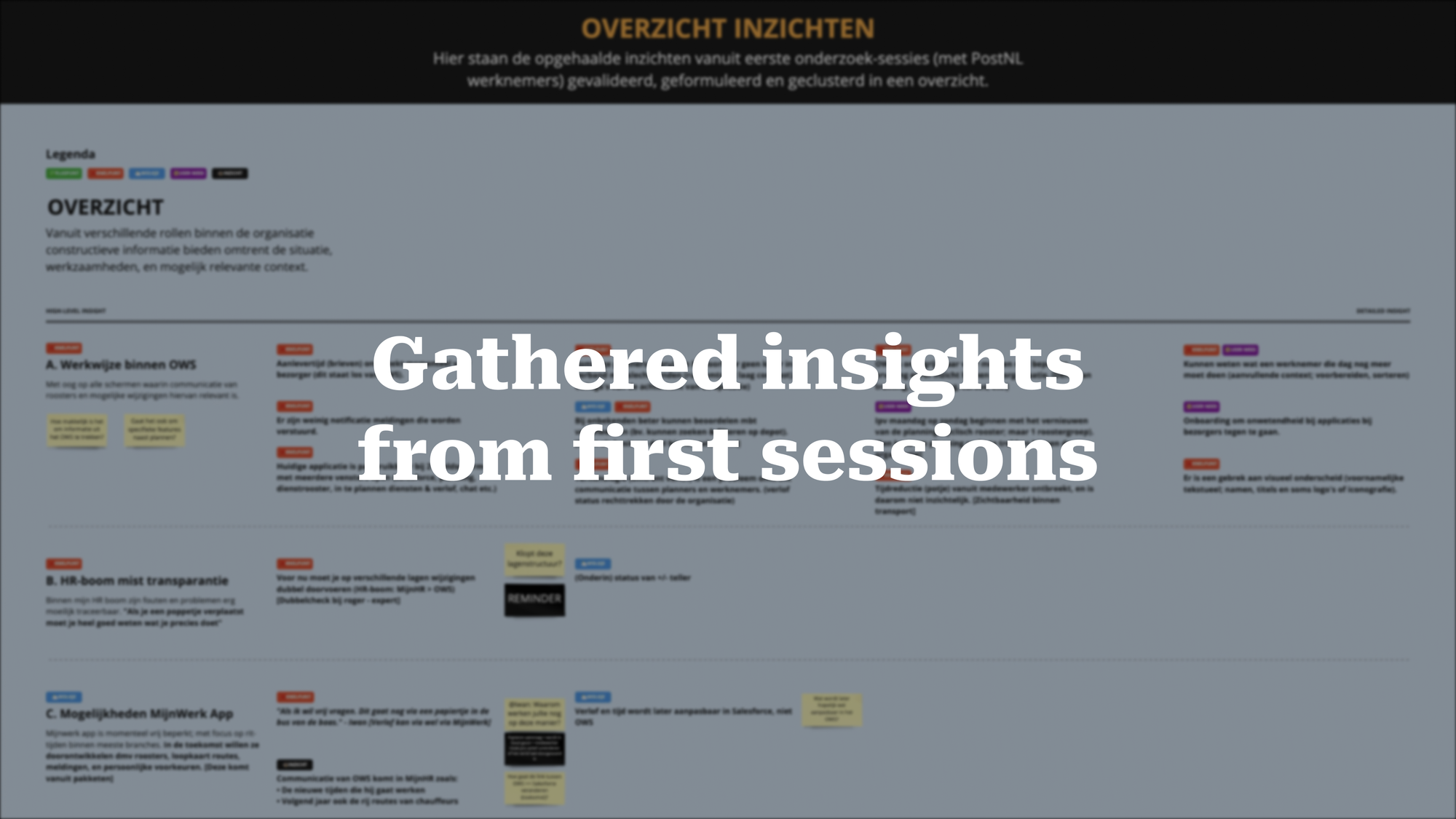
Diverged on the product vision
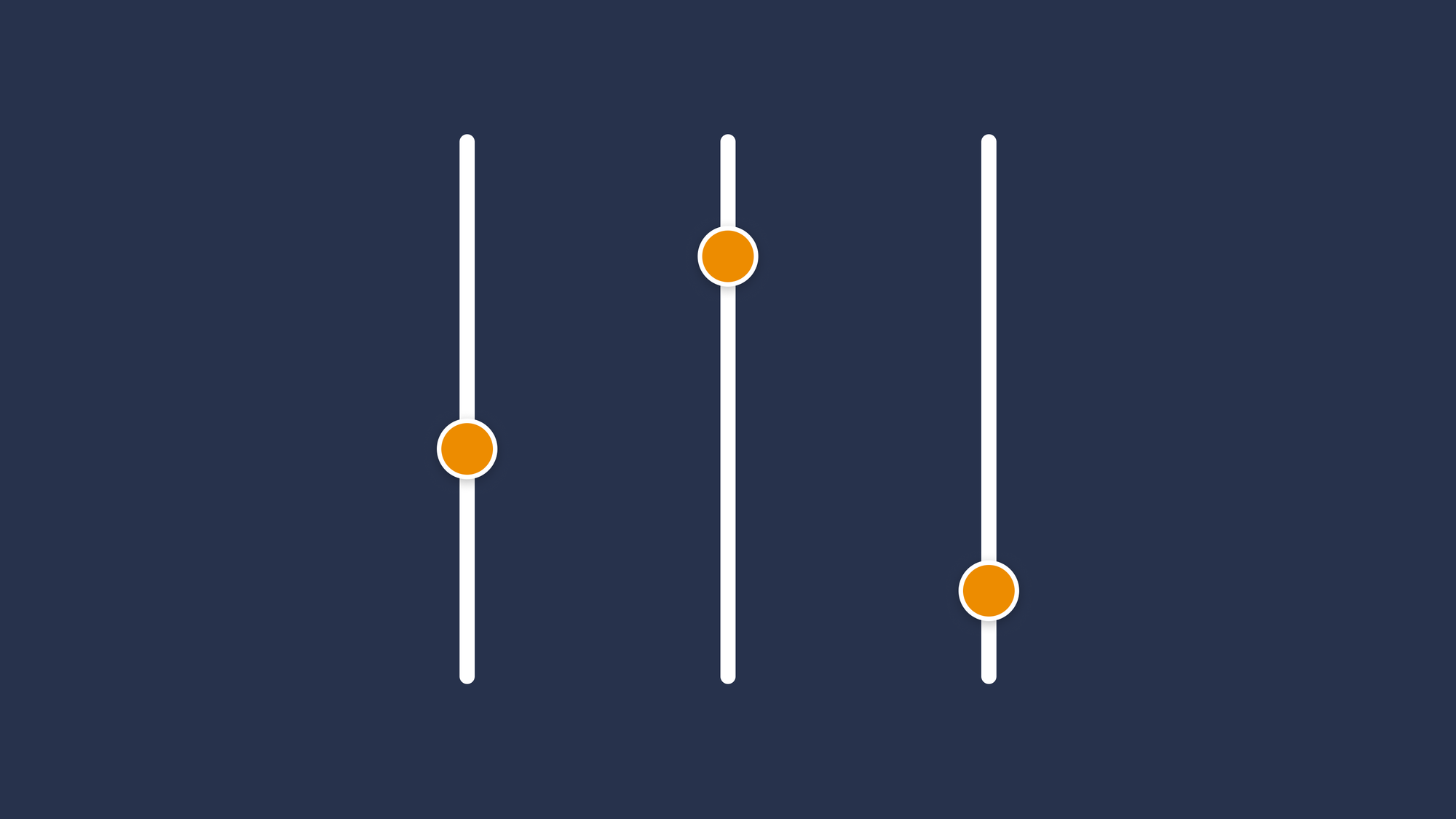
With a diverse team of 8 to 25 people, we created a proof-of-concept that helped us validate our assumptions, rather than investing in the development of a scalable, secure, and solid solution. Split into analysis-, concept-, agile- and lean UX phases. For what came to be ‘GRID’, an understanding of the organization, its users, their workflows, and their current pains, served as the foundation to build on.
Presented the product vision
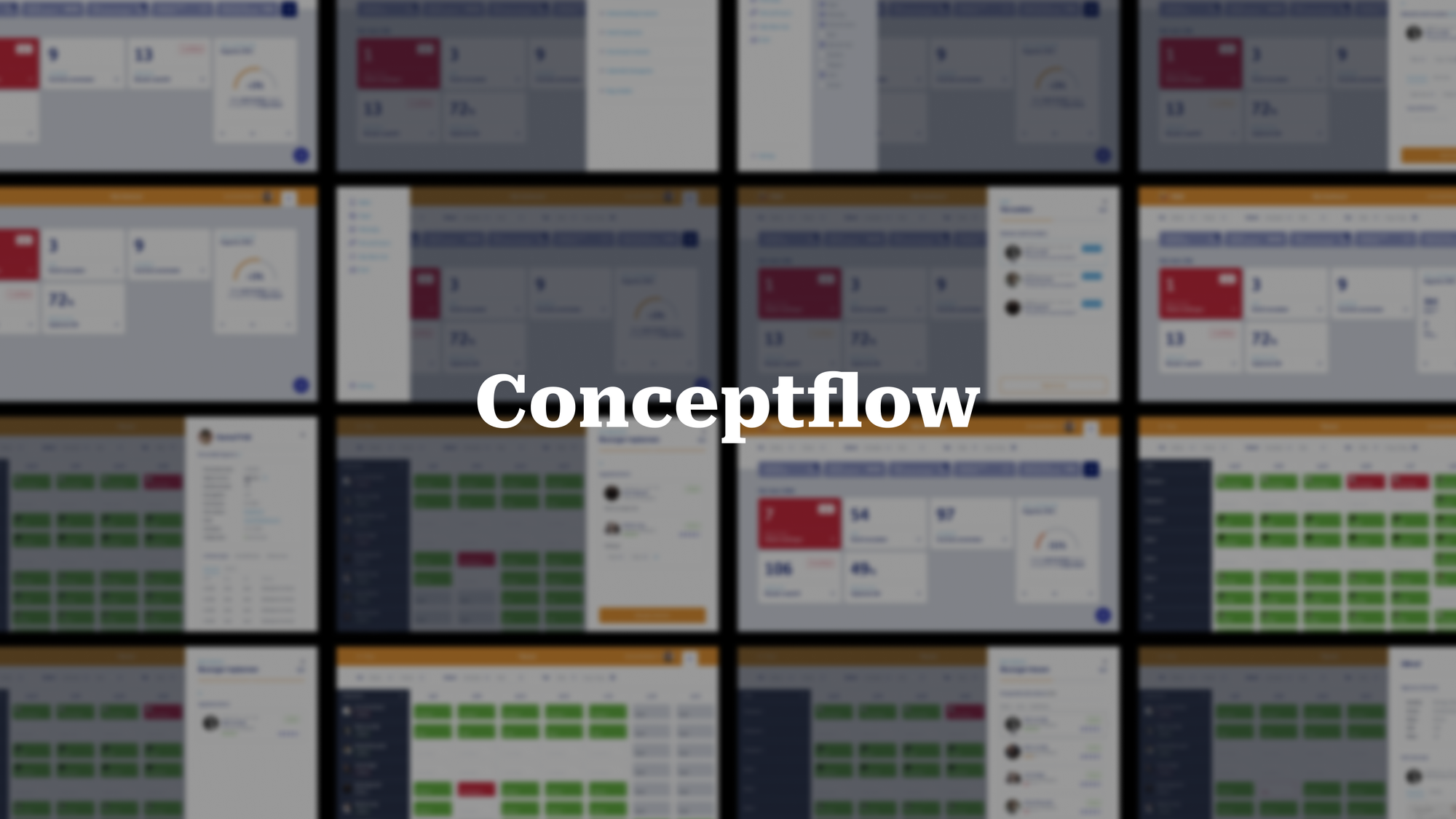
Design phases for UX process
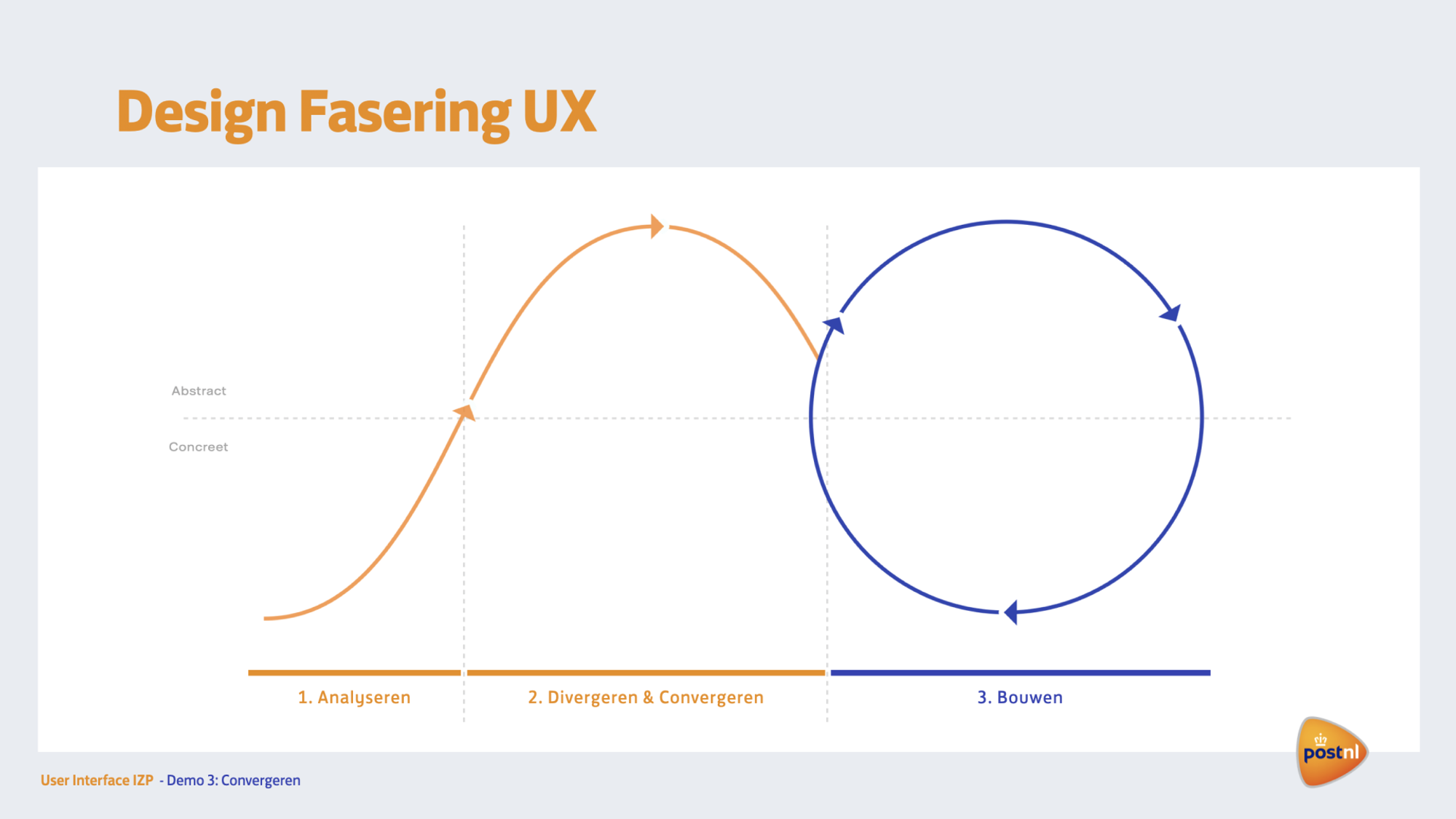
After sharing our ambition concept (or product vision) with the stakeholders, we adopted an agile approach in order to define the first epics, features, user stories, and tasks regarding primary business units and their belonging target groups. Providing consistent and intuitive workflows, increasing both efficiency and satisfaction for different users; planner, manager, technician, delivery, etc.
To limit risks and go live smoothly, we chose for an agile way of working with two-week sprints. Thanks to this open and transparent way of working, we were able to actively involve all stakeholders in the project and share all visible results every two weeks.
Simplified conceptual models
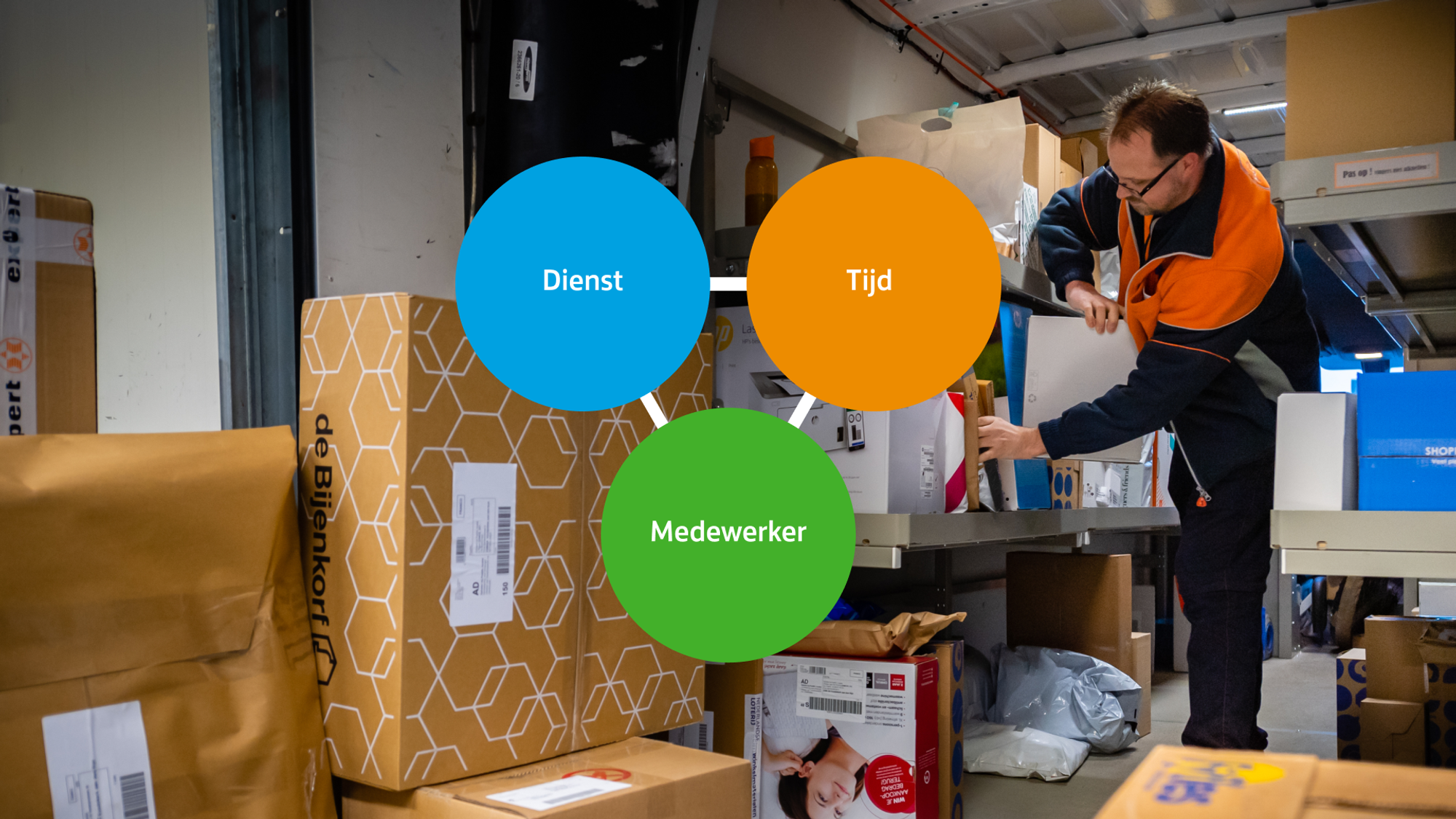
Delivered different UX concepts
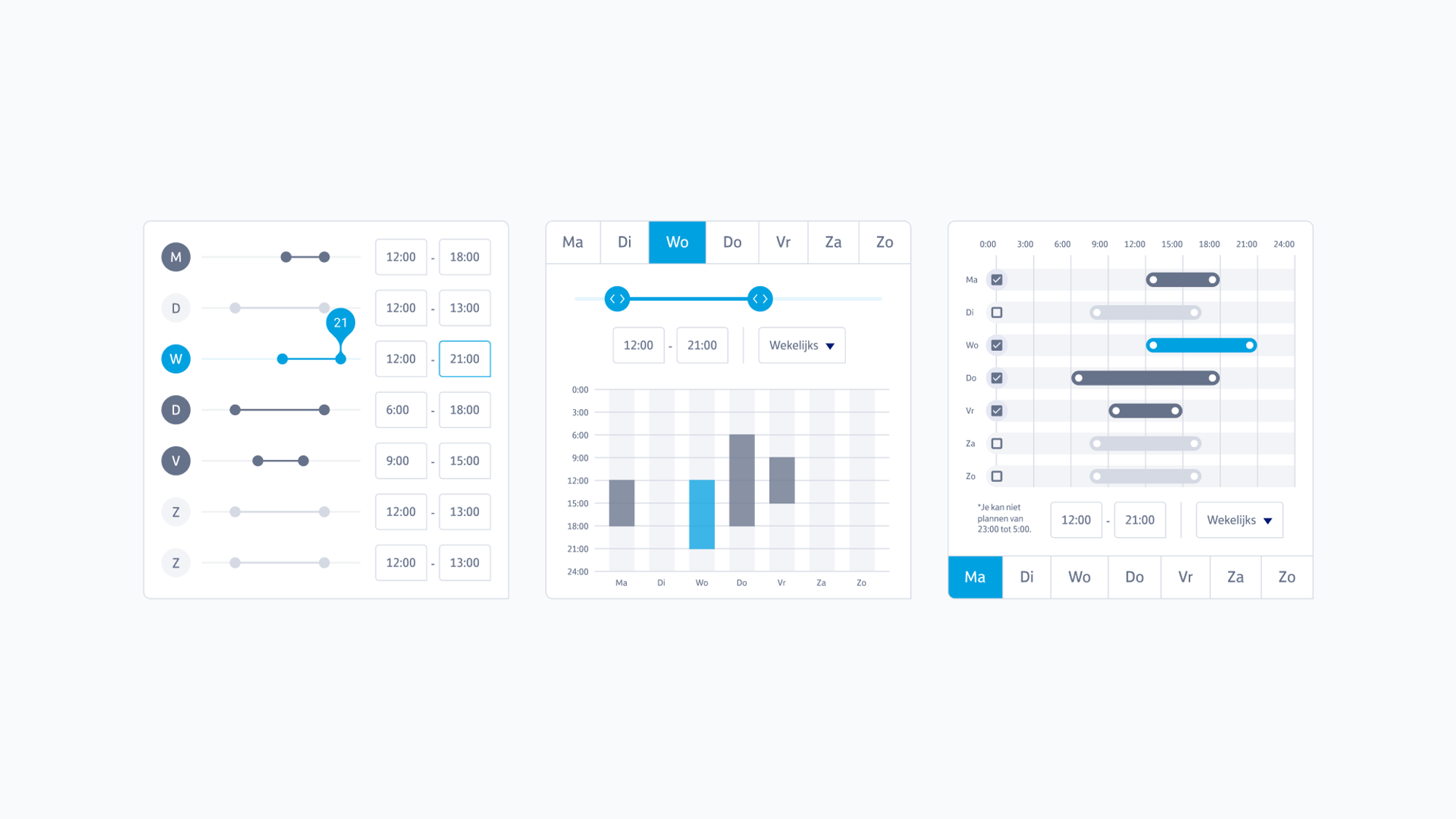
Credits
Danielle Hoek – Product Owner • Nadine Mosch – UX Researcher • Maxim Igorovich Paschenko – Visual Designer • Marc van Willigen – Senior Consultant • Rolf Dullemond – Consultant • Marien Krouwel – Senior Solution Architect • Michiel Arts – Solution Architect • Mariska Dessaur-Terwel – Business Analyst.
Next case
Vattenfall Salesflow
